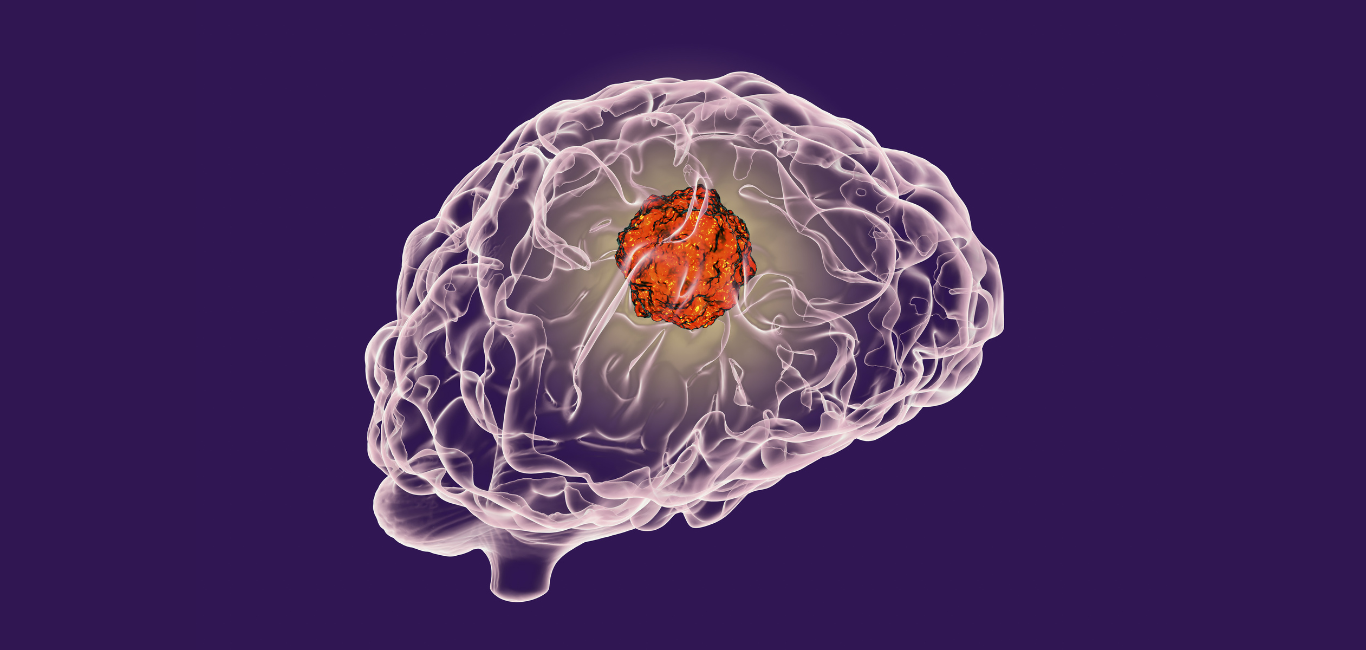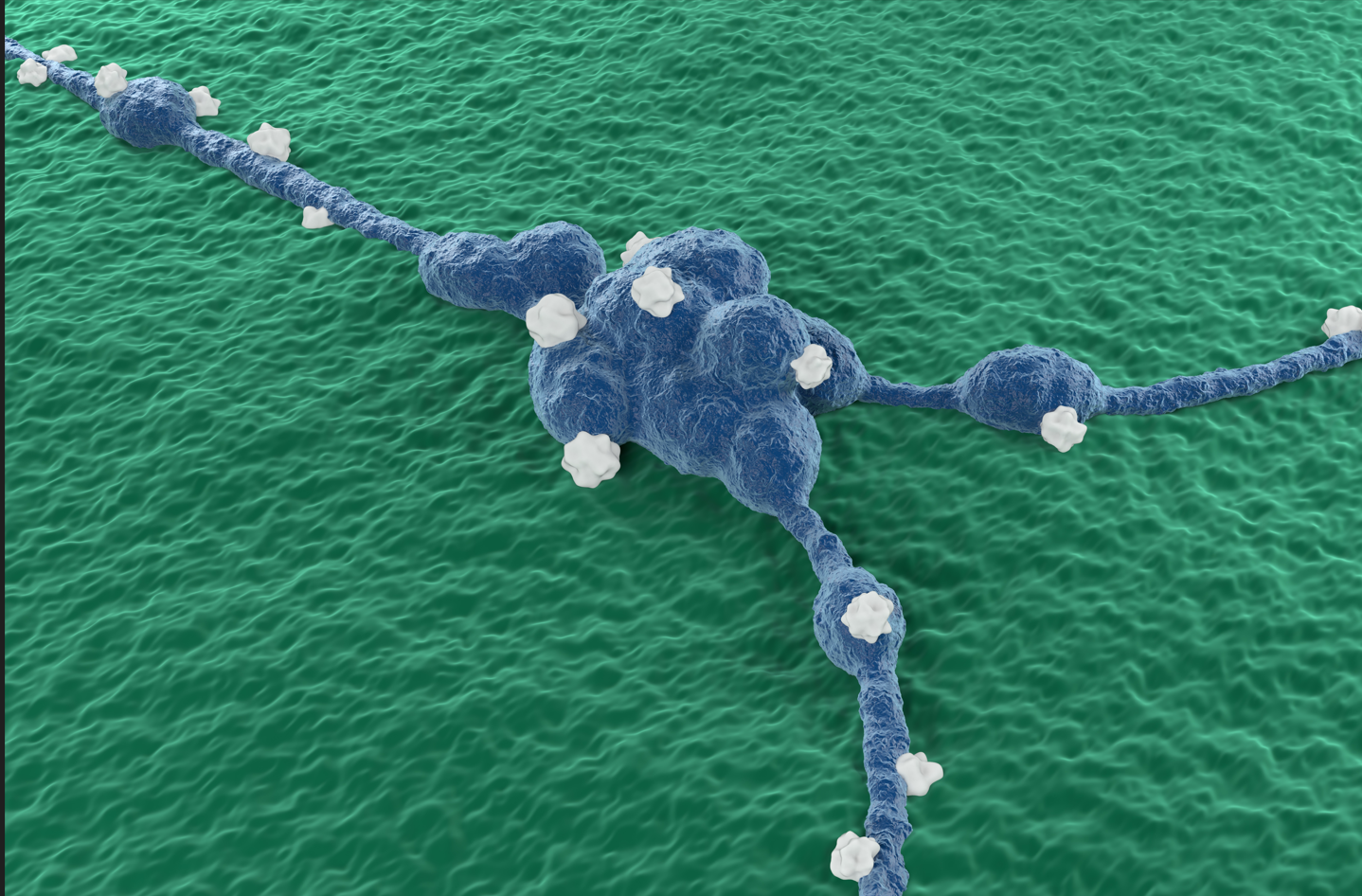
Remember the green giant, Hulk, from the superhero movie The Avengers? Mark Ruffalo, who played the beloved character had a benign brain tumour in his auditory nerves. Although he underwent a surgery in 2002 to remove the tumour, he was left with partial deafness in one ear.
In the intricate mechanism of cell division, some cells hoodwink the steps and grow abnormally, leading to a tumour. Similar rogue cells in the brain or its surrounding tissue cause brain cancers.
Studies show that a tumour can grow from the brain tissue or spread to the brain from tumours present anywhere in the body.
Dr Jenil Gurnani, a consultant neurosurgeon at Gurnaani’s Brain and Spine Centre, Surat, Gujarat, says a cancer cell can reproduce uncontrollably, causing a disproportionate mass accumulation. The overgrowth can harm the surrounding regions.
Grade matters
According to Dr Gurnani, brain tumours can be categorised into two types based on their origin. A primary brain tumour originates in the brain. In contrast, secondary brain tumours occur when cancer from other parts of the body spreads to the brain.
The World Health Organization grades brain tumours as I, II, III and IV based on their growth rate and whether the growth is benign or malignant.
Dr Gurnani says that all brain tumours do not have to be malignant—they can be benign or non-cancerous too. Benign tumours come under the grade I category and are considered stable as they do not spread.
In contrast, malignant tumours are invasive and can rapidly metastasise or spread to various parts of the body. They are classified as grade II, III, or IV based on their aggressiveness and potential for growth.
Studies have shown that advanced MRI techniques like fMRI can give a clearer picture of the brain tumour stage and help diagnose them. A biopsy reveals its condition, says Dr Gurnani.
Read more: IIT Madras creates AI tool to identify glioblastoma
Read more: CAR-T cell treatment shows hope against DIPG cancer
Read more: From low to high: grades of tumours
Unravelling the origins
Science is yet to find the underlying factors that cause brain tumours. Studies have linked age, genes, family history, radiation, exposure to chemical toxins, and an unhealthy lifestyle to brain tumours. Globally, active research tries to identify the root causes of cancerous growth.
Decoding the symptoms
Diagnosing brain tumours from the symptoms is challenging because the symptoms depend on the part of the brain where it grows. Dr Gurnani explains that small tumours can cause symptoms like headache—especially in the morning; vomiting; vision, gait, and speech disorders; and pose challenges in performing daily activities.
In addition, some brain areas on the right are ‘silent’. The tumours growing in these areas do not show any symptoms until they grow large, says Dr Gurnani.
This is exactly what happened to Cody Guy from the USA. He was diagnosed with a primary brain tumour called glioblastoma, grade IV, when he was 20.
Guy, now 37, tells Happiest Health that he did not have headaches, dizziness, or vision problems. “I had light twitching on the left side of my face. But a seizure got me to the hospital,” he adds.
Dr Gurnani agrees that certain types of tumours can cause seizures or epilepsy.
Cody’s neurologists informed him that his brain had a plum-sized tumour. Given he had a genetic history of colon cancer, a genetic screening was performed. He had an 80 per cent predisposition to developing cancer over a lifetime, with brain tumour being the least likely to happen, they discovered.
Current approaches
The treatment options for brain cancer depend on several factors, including the type of brain tumour, its size and location, the tumour’s stage, and the person’s overall health, says Dr Gurnani. The type of brain tumour is detected through a biopsy, he says. “It is necessary to remove the mass from the body and send it for an examination, so the types of tumours can be understood,” he adds.
If the tumour is benign, chemotherapy or radiotherapy is the preferred mode of treatment. However, based on the severity, some benign ones will need to be removed.
Surgery becomes imminent for malignant tumours, where the cells have metastatic activity. Radiotherapy and chemotherapy are done as follow-ups.
“I underwent a brain surgery, which was followed by daily radiation therapy through the cranium and months of chemotherapy,” says Guy.
Envisioning the future
MRI or CT scans remain the primary ways to diagnose brain tumours, and tissue biopsy for analysis.
“Certain blood-based biomarker tests are available that may detect the risk of other cancers, but there are no such biomarkers for brain tumours,” says Dr Gurnani.
In 2021, researchers from the Indian Institute of Science (IISc), Bengaluru, identified two potential blood-based biomarkers that could help predict the progression of brain tumours in people with advanced stages of the ailment. The study was published in OncoImmunology.
“It was a serendipitous find,” says Dr Siddharth Jhunjhunwala, associate professor at Centre for Biosystems Science and Engineering, IISc. “Our team identified the immune biomarker in the blood sample of the people who have III and IV grade brain tumours (called gliomas),” he says.
The researchers analysed tumour and blood samples from people with gliomas and found biomarkers in the immune cells in the blood. Dr Jhunjhunwala says, “We wonder now whether these blood immune cells can be used as markers for [detecting] the progression of the tumour.” He adds that they are collecting clinical data for further analysis and validation.
“Blood-based testing could help clinicians better understand disease progression, and effective treatment can be applied,” he summarises.

















